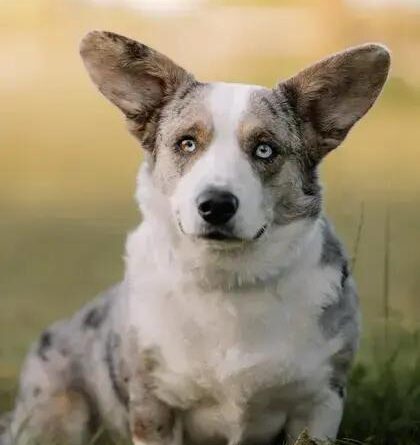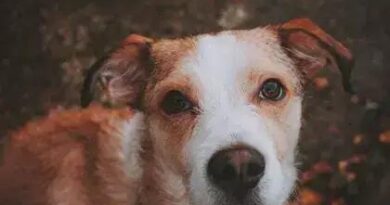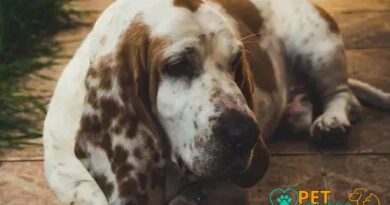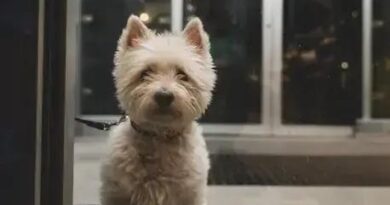Curiosities about the Scottish Deerhound: Fascinating Insights Unveiled
The Scottish Deerhound is a majestic and ancient breed, known for its elegance and hunting prowess. In this post, we will delve into intriguing curiosities about the Scottish Deerhound, exploring its rich history, unique physical characteristics, and notable Deerhounds that have made their mark in history. Whether you’re a dog enthusiast or simply curious about this breed, these insights are sure to captivate you.
History and Origin of the Scottish Deerhound
The Scottish Deerhound is one of the oldest sighthound breeds, with origins tracing back to ancient Celtic cultures. Known for their excellent hunting abilities, these dogs were valued by Scottish nobility for their prowess in stalking and capturing deer. Their lineage can be traced to the Middle Ages, where they were revered as royal companions.
During the 16th and 17th centuries, the breed saw a rise in popularity due to its exceptional skills and noble stature. The Scottish Deerhound was often associated with clan chiefs and royalty, symbolizing prestige and aristocracy. However, their numbers dwindled in the 18th century as the sport of deer hunting declined and land usage changed.
Efforts to revive the breed were successful in the 19th century, largely due to the passion of breed enthusiasts and the establishment of breed standards. Today, the Scottish Deerhound is celebrated not only for its rich historical background but also for its loyal and gentle nature.
Physical Characteristics and Traits
The Scottish Deerhound is renowned for its majestic appearance and ancient lineage. Their stature is impressive, with males typically standing between 28 to 32 inches tall and weighing around 85 to 110 pounds, while females are slightly smaller, standing around 26 to 28 inches and weighing between 75 and 95 pounds. This breed boasts a long, wiry coat that provides protection against harsh weather, making it ideal for the rugged Scottish Highlands.
Their coat colors vary, including shades of blue-gray, brindle, and fawn, with the most common being a dark blue-gray. This coloration helps them blend seamlessly into their natural hunting environments. The Deerhound’s head is long and flat, with a gently tapering muzzle, giving them a distinguished and elegant profile. Their eyes are typically dark and full of expression, while their ears are small and fold back to give a sleek, aerodynamic look.
One of the defining features of the Scottish Deerhound is their athletic build. They possess deep chests and well-sprung ribs, contributing to their impressive endurance. Their long, tapering tails and strong hindquarters enable them to achieve remarkable speeds, making them excellent hunters. The breed’s graceful yet powerful movement is a testament to their heritage as formidable deer hunters.
The Deerhound’s temperament is as noble as their appearance. They are known for being gentle, friendly, and affectionate, often forming strong bonds with their families. Despite their large size, they are generally well-behaved and calm indoors, exhibiting a serene presence.
Notable Scottish Deerhounds in History
Scottish Deerhounds have a long and storied history, with several notable individuals who have made their mark. One famous deerhound is Maida, owned by Sir Walter Scott. Maida was often depicted by Scott’s side and became a symbol of loyalty and companionship. Another renowned deerhound is Bran, owned by the first Lord Tweedmouth. Bran was celebrated for his exceptional hunting skills and noble demeanor.
During the early 19th century, Captain Graham’s efforts to revive the breed helped bring attention to several notable dogs. Captain Dandie Dinmont, named after a character in one of Scott’s novels, was a standout among these dogs, known for his superior physique and grace.
More recently, the 20th century saw the rise of Ribble Valley Morningstar, a deerhound who won numerous accolades in dog shows, becoming a benchmark for excellence in the breed. These deerhounds not only exemplified the physical traits of their breed but also their valor and gentle nature.




